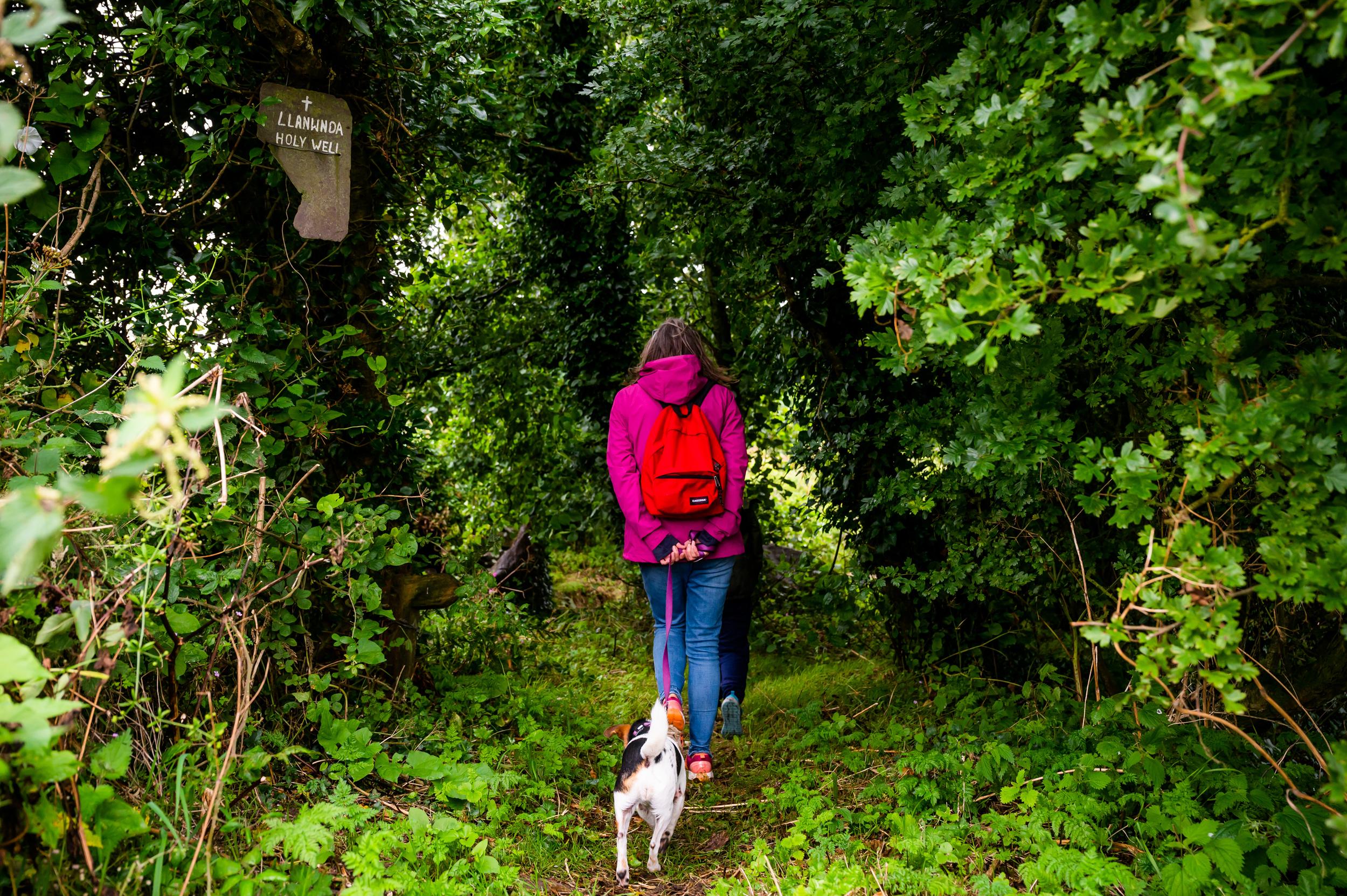
Risk assessments
A risk assessment is a careful examination of what could cause harm to people, so that you can weigh up whether you have taken enough precautions or should do more to prevent harm.
The aim is to make sure that no one gets hurt.
You should carry out regular risk assessments of your church, chapel of meeting house, and for any special event or activity.
- Hazard: means anything that can cause harm.
- Risk: is the chance, high or low, that someone will be harmed by the hazard, and the severity of the harm.
To carry out a risk assesment
STEP 1
Review the hazards:
- walk around the site, inside and out
- look afresh at what could reasonably be expected to cause harm
- make a note of each of these
- ask a colleague to do the same, and compare notes
- remember, some hazards may not be immediately obvious
STEP 2
Consider who might be harmed and how:
- staff, as well as visitors, should be considered
- think about all the groups of people who use your site. In addition to the congregation attending services (including baptisms, weddings and funerals), many sites encourage school parties to visit during the week, have coffee mornings and other events. Some are open for casual visitors
- identify the hazards each might face
STEP 3
Evaluate the risks and decide whether existing precautions are adequate or if more should be done:
- consider how likely it is that each hazard could cause harm ~ this will determine whether or not you need to do more to reduce the risk
- if action is required, ask yourself ‘can I get rid of this hazard altogether?’, if not ‘how can I control the risks so that harm is unlikely?’
- if you find that something needs to be done, draw up an action list and give priority to any risks which are high or those which affect most people
STEP 4
Record your findings:
- record your findings and inform your staff and volunteers of any precautions, procedures or facilities available to minimise risk
- keep a written record of your assessment. It will remind you of particular hazards and precautions and will help in any insurance case
STEP 5
Review your assessment, and revise if necessary:
- it is good practice to repeat and update your assessment whenever there is a change to the premises, or if new events are proposed to be held
- if a change may introduce new hazards, you will want to consider them in their own right and do whatever you need to keep the risks down
Accident recording
You should make a written record of all accidents that occur (including those to visitors, staff and volunteers). Details of the accident should include:
- name and contact details of the person(s) involved
- date, time and location of the accident
- any injuries or damage suffered
- details of any medical or other attention required
To ensure that a full and proper record is kept, and to meet your responsibilities under the Data Protection Act, you should use an accident book published by the Health and Safety Executive or similar professional body.
The Health and Safety Executive has a useful risk assessment and online tool available to use.
